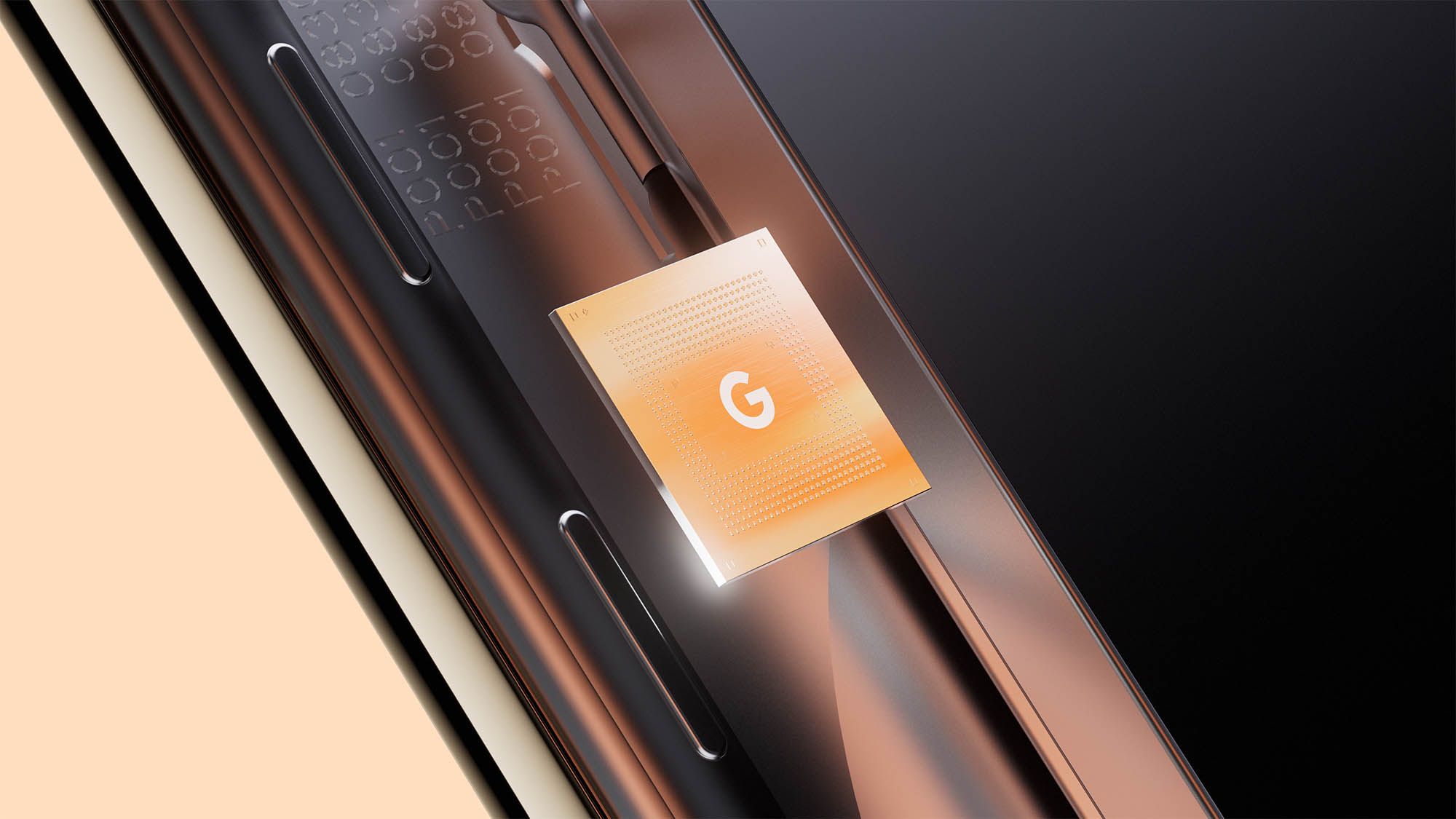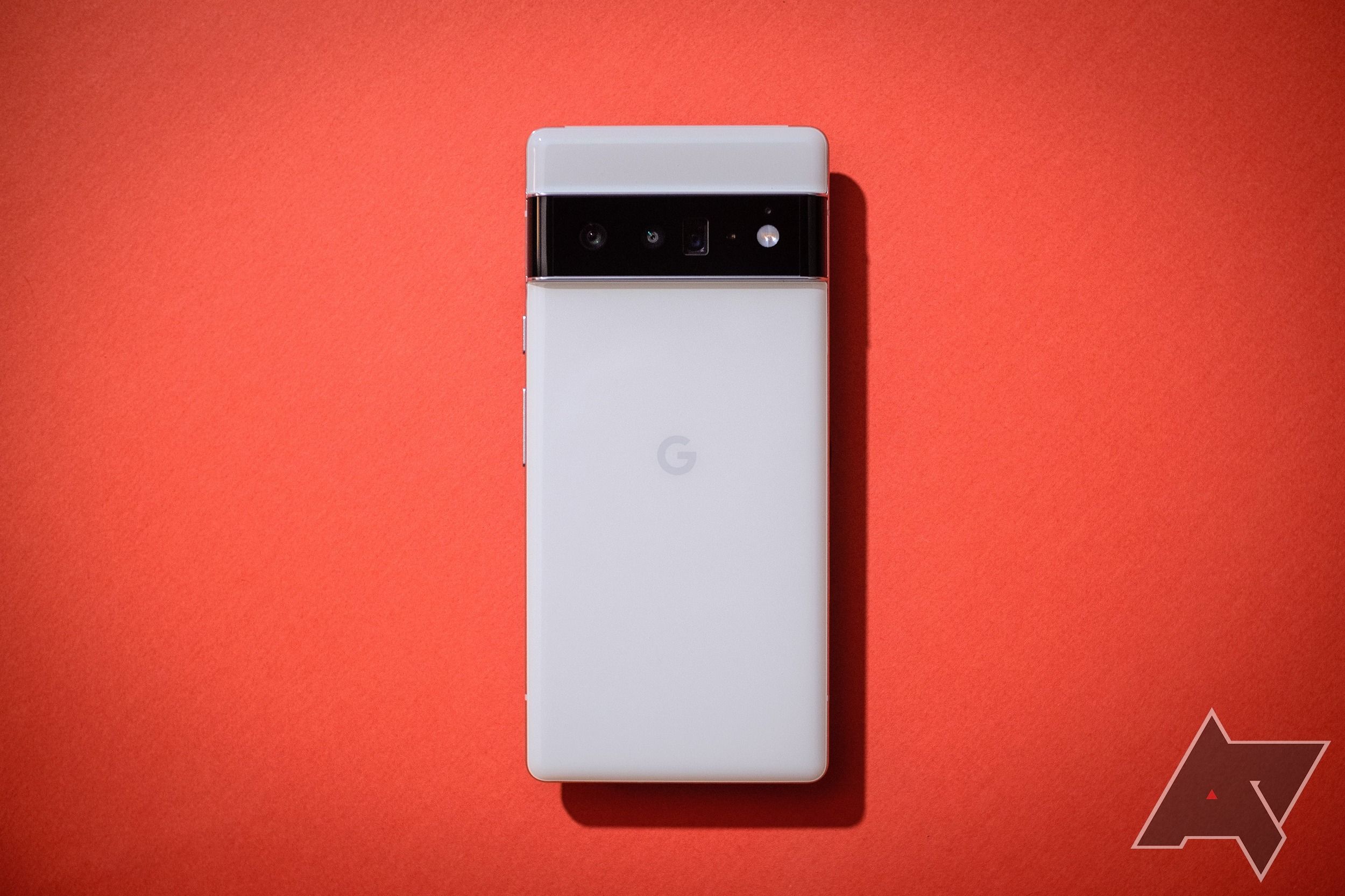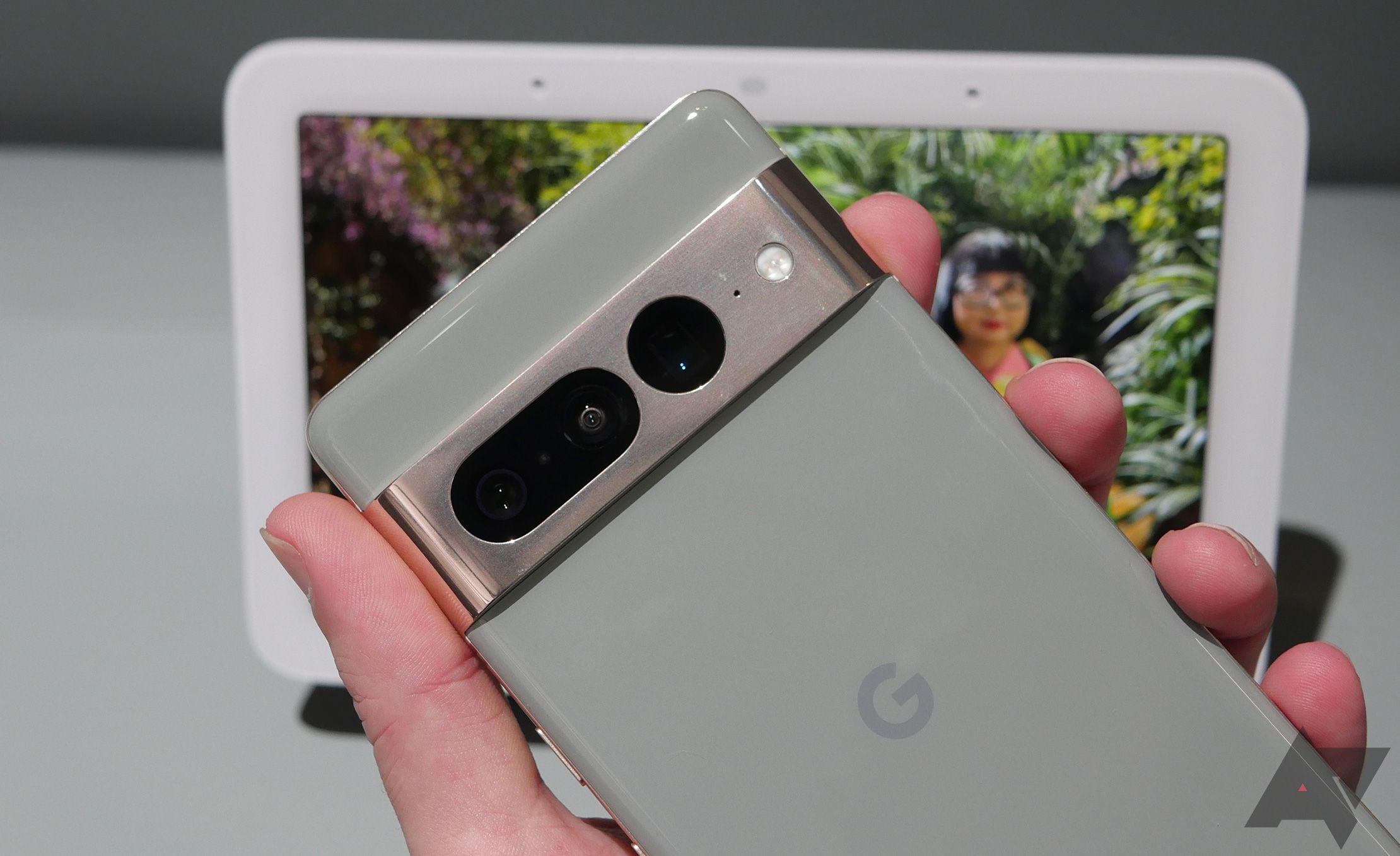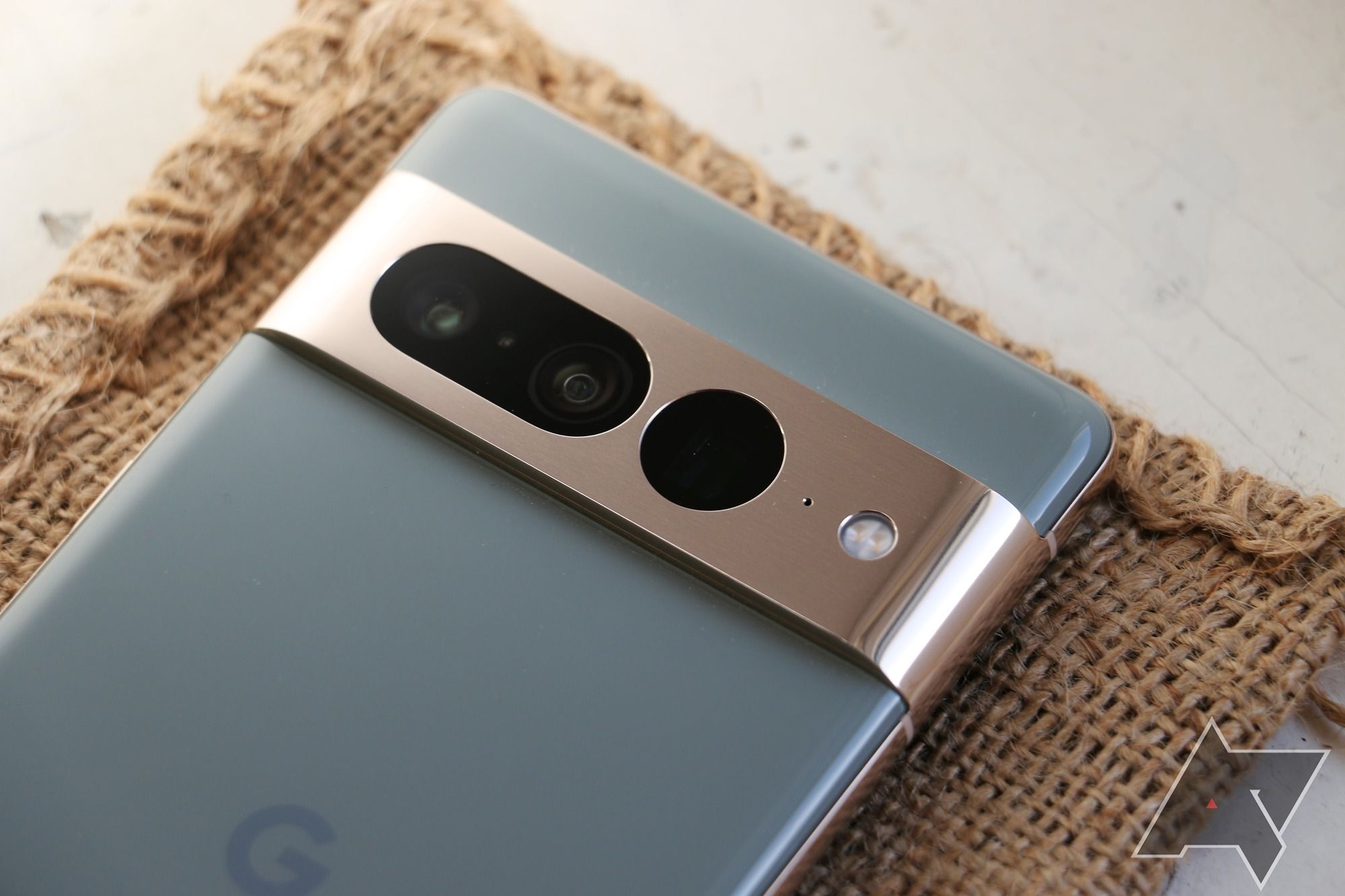-
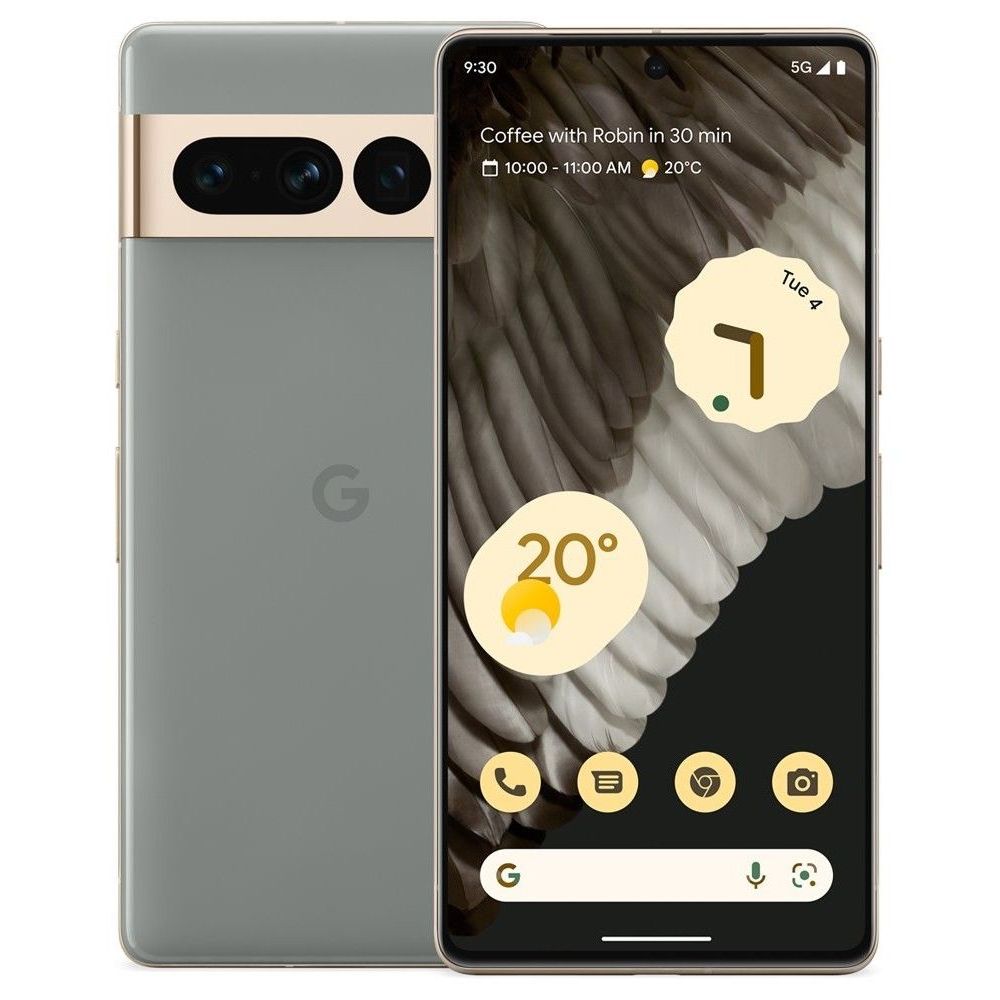
Google Pixel 7 Pro
Best Pixel availableGoogle's Pixel 7 Pro refines the Pixel experience after the 6 Pro's initial stumbles last year, improving stability and taking the camera prowess to new levels with image fusing and 4K60fps video on all cameras. It also offers 30W fast charging and addictive features like automatic call screening and the Pixel Recorder.
Pros- Great cameras
- Useful software features
- Amazing value for the money
Cons- Average battery life
- Relatively slow charging speed
- Camera bar isn't for everyone
-
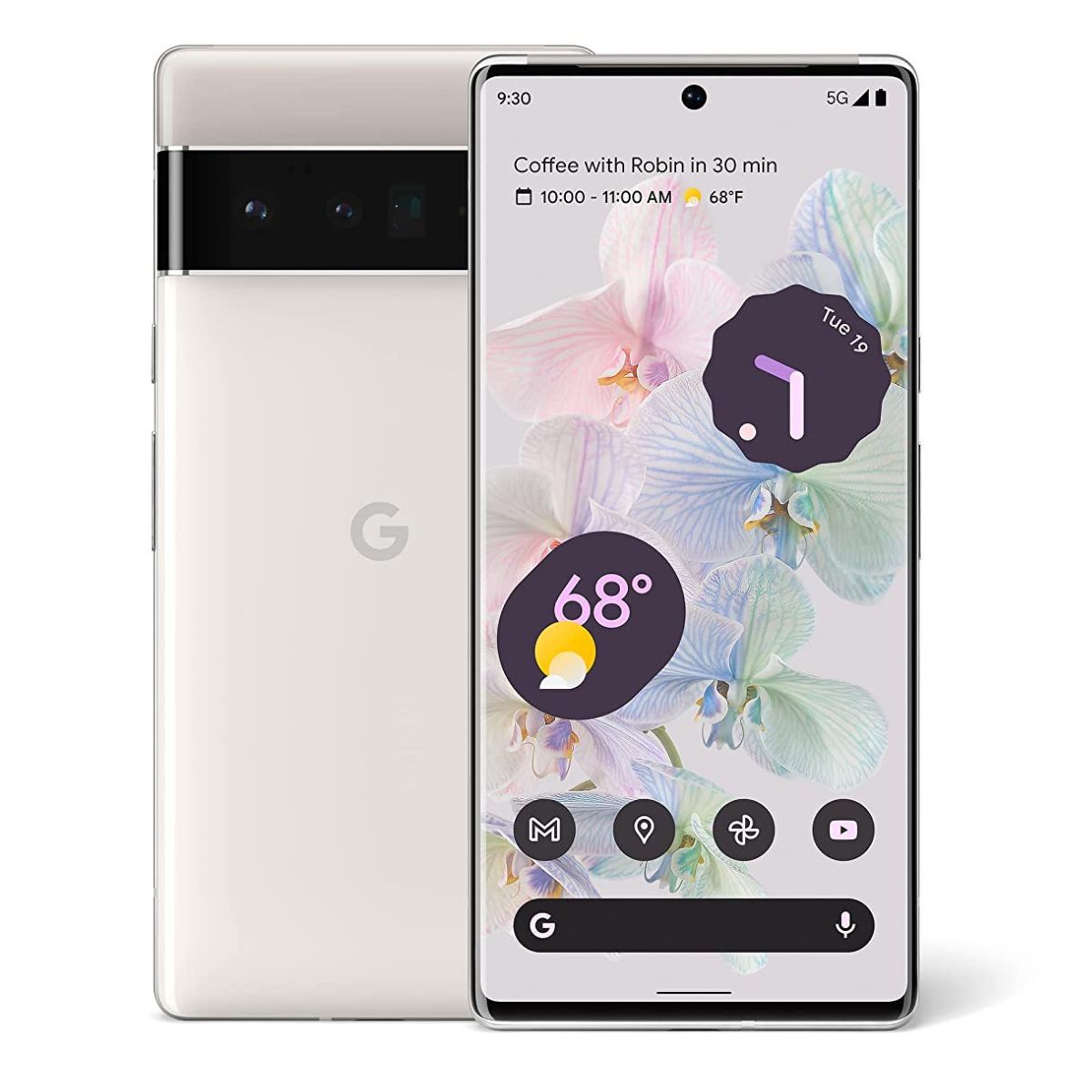
Google Pixel 6 Pro
2021 midrange flagshipThe Pixel 6 Pro is Google's 2021 flagship, and while it had a rough start with monthly software updates, it's proven to be one of the best and most reliable Android phones. Its camera is still top-notch, and the overall performance is still more than adequate for most needs.
Pros- Great camera
- Beautiful display
- Amazing value with current discounts
Cons- Relatively slow charging speeds
- Connectivity issues
- Fingerprint reader is slow
Even with the Google Pixel 8 announcement around the corner, the Google Pixel 7 Pro and Pixel 6 Pro still provide significant value for people who want a powerful smartphone without shelling out over $1,000.
The Pixel 7 Pro is Google's best Pixel yet and among the best Android smartphones on the market. At first glance, the Pixel 7 Pro might look like an iterative upgrade over the 2021 Pixel 6 Pro. And although that's true, Google has improved its latest Pixel in some key areas and addressed all the problems that plagued its predecessor.
So, is the Pixel 7 Pro worth upgrading from the Pixel 6 Pro? Or should you continue using Google's flagship 2021 Pixel phone for another year and save money? The answer is a lot more nuanced than you might expect.
Price, availability, and specs
Google surprised everyone with the Pixel 6 pricing in 2021. Despite packing high-end specs, these phones were surprisingly affordable and did not cross the $1,000 barrier. The company continued that trend, with the Pixel 7 lineup costing the same as the Pixel 6. So, you can get the 128GB Pixel 7 Pro for $899, making it among the most affordable ultra-flagship phones on the market.
Even better, Google frequently discounts its Pixel lineup, with sales bringing Pixel 7 Pro prices down to as low as $749. By comparison, the Pixel 6 Pro can be purchased through Amazon for $590 at the time of writing, while renewed models go for as little as $400.
The Pixel 6 series was widely panned for its limited availability. Google made amends by expanding the phone's availability to more markets a few months after launch, but that was not enough. This time, the Pixel 7 series is available in a broader range of markets from day one, including India, Sweden, and Norway. That still pales compared to the availability of flagship phones of Samsung and Apple, but it's an improvement nonetheless.
-
Google Pixel 7 Pro Google Pixel 6 Pro SoC Google Tensor G2 Google Tensor Display 6.7 inches, 1440x3120 (QHD+), LTPO AMOLED, 120Hz, 1500 nits peak brightness, Gorilla Glass Victus 6.7” QHD+ (1440x3120 pixels, 19.5:9) LTPO OLED, 120Hz, Gorilla Glass Victus RAM 12GB 12GB Storage 128GB, 256GB, 512GB 128, 256, 512GB Battery 5000mAh, up to 23W fast charging, up to 23W wireless charging (Pixel Stand) 5003mAh Ports USB-C USB-C Operating System Android 13 Android 12 (upgradeable to Android 14) Front camera 10.8MP f/2.2 (92.8° FoV, fixed focus) 11.1MP f/2.2 (94° FoV, fixed focus) Connectivity 5G (mmWave supported in the US), Wi-Fi 6E (802.11ax), Bluetooth 5.2, NFC, Ultra-Wideband, Dual-band GNSS, Dual SIM (nanoSIM + eSIM) 5G mmWave, Wi-Fi 6E (802.11ax), Bluetooth 5.2, NFC, Ultra-Wideband Dimensions 3.01 x 6.4 x 0.35 inches (76.6mm x 162.9mm x 8.9mm) 163.9 x 75.9 x 8.9mm Price $899 USD Starts at $900
Design and build
The Pixel 7 Pro carries forward the same design language as the Pixel 6 Pro, but minor tweaks make for some surprisingly substantial differences. Overall, the Pixel 7 Pro feels more refined in the hand and the design looks more cohesive.
While you continue to get a visor-like camera strip on the Pixel 7 Pro, it has now switched to a pill-and-dot cutout, complete with a polished metal cover. Although it's much better at preventing lens flares — a serious problem on the Pixel 6 series — the polished finish is easily scratched compared to the smaller Pixel 7's matte aluminum. If you opt to go without a case, don't be surprised if you start seeing scratches within the first week. There are also reports of the Pixel 7's rear camera glass spontaneously shattering for some, which could be a cause for concern.
Like the Pixel 6 Pro, the 7 Pro features a polished aluminum chassis sandwiched by Gorilla Glass Victus panels from the front and back, which carries an IP68 certification. Side-by-side, you will notice that the Pixel 7 Pro is slightly shorter but wider than the outgoing model. Many users found the Pixel 6 Pro unwieldy in daily use, but the slight dimension tweak on the Pixel 7 Pro makes it feel just a touch easier to handle day-to-day.
Display
Both Pixel phones sport a 6.7-inch QHD+ 120Hz OLED panel with Always-On display support. And Google is now using a newer-generation Samsung display panel, which touts the Pixel 7 Pro's display to be 25% brighter than the Pixel 6 Pro. It's really only noticeable when holding the phones next to each other, but rest assured, the Pixel 7 Pro's panel gets plenty bright outdoors. Just keep in mind that it might come at the cost of your battery life.
Both phones have curved displays, though Google scaled back the intensity of its curve on the Pixel 7 Pro. The resulting effect is, unfortunately, the same as you'd expect from curved screens. Applying any sort of tempered glass protector is bound to deliver headaches, and you might feel it's harder to hold the phone in bed.
One of the biggest headaches of the Pixel 6 Pro was the fingerprint sensor. Google has swapped out the one featured on the Pixel 6 Pro for an improved optical sensor. It's still not as fast as some of Samsung's offerings, but the Pixel 7 Pro is noticeably speedier and more accurate than its predecessor. Combined with face unlock, getting into your phone is a lot easier.
Software
The Pixel series has utilized its own launcher, Pixel UI, a mostly stock Android Material-themed experience. Being a Google-made device, each phone will receive timely security and software updates. For the brave, Pixel devices can be enrolled in Android beta as they become available.
What's disappointing is that Google continues to promise only three years of OS updates and five years of security updates for the Pixel 7 series, the same as the Pixel 6 lineup. This is inferior to Samsung's promise of updating its mid-range and flagship devices with four OS updates. As a result, the Pixel 7 Pro is guaranteed three more updates until Android 16, while the Pixel 6 Pro will only get updates to Android 15 in 2024.
Performance
Continuing the tradition that started with the Pixel 6 series in 2021, Google uses a semi-custom Tensor chip inside the Pixel 7 Pro. The Tensor G2 packs an octa-core CPU, though it's still a 5nm chipset. Thankfully, Google also uses more powerful and power-efficient Cortex-A78 "medium" cores, providing minor boosts to battery drain issues.
With the second iteration of its Tensor SoC, Google has focused more on AI and GPU performance instead of raw CPU horsepower. The chip uses a newer and more powerful Mali G710-MP7 GPU to deliver better graphics and Vulkan performance. In addition, the Tensor G2 packs a next-gen TPU that is 60% faster in ML tasks and 20% more efficient. This is an important upgrade since the TPU powers the Cinematic Blur, Photo Unblur, and other Pixel camera features. Google even says Night Sight is twice as fast on the Pixel 7 series and can take sharper photos.
At this point, the poor connectivity issues plaguing the Pixel 6 series are no secret. The original Tensor chip uses Samsung's Exynos 5123 modem, which could be blamed for these issues. While not mentioned, Google will hopefully use a newer, more efficient Samsung modem on the Tensor G2 to address these concerns.
Battery life
The Pixel 7 Pro packs the same 5,000mAh battery as its predecessor. Google claims the battery can last beyond 24 hours, though your mileage will vary. We were never really impressed with the Pixel 6 Pro's battery life, and the initial Android 13 update only worsened it. Luckily, that's not the case with the Pixel 7 Pro. The phone will last you through a day of moderate use, but if you use it heavily, you may have to top it up late in the evening.
Battery charging speeds remain unchanged as well, capping out at 23W. Using a reliable PPS charger, you can top up the battery to 50% in 30 minutes, but a full charge will take a while. And like the Pixel 6 series, you get fast wireless charging and Battery Share to charge your wireless accessories; however, you'll need Google's expensive and, frankly, not-very-good 2nd-gen Pixel Stand to make the most of it.
Camera
At first glance, it might look like the Pixel 7 Pro retains the same camera setup as the Pixel 6 Pro. But look closely, and you will realize that's not the case. The primary 50MP Samsung GN1 sensor remains unchanged, but Google has ditched Sony's IMX586 sensor for the 48MP telephoto shooter in favor of Samsung's GM1 module. Although it doesn't necessarily provide a major difference in quality, it does make a big difference for zooming into shots. The previous gen Pixel provided 4x optical zoom and 20x SuperRes Zoom; the Pixel 7 Pro offers 5x optical zoom and 30x SuperRes Zoom. Meanwhile, the primary shot now properly crops at 2x.
As for the ultrawide, it now has a 21% wider FoV and has gained macro focus support, so you can get as close as three centimeters to a subject to take detailed macro shots.
Despite the similar camera sensors, the Pixel 7 Pro takes better, faster photos than the outgoing model due to the Tensor G2's improved ISP and processing improvements. Google claims Night Sight processing has been enhanced on the Pixel 7 series, so you won't have to hold the phone still as long as the Pixel 6. The Pixel 7 Pro might not take noticeably better photos than the 6 Pro from the primary camera, but the overall experience is better.
Video quality is another area where the Pixel 7 Pro trumps its predecessor in a big way. It can record 4K 60fps video from all three sensors, and there's even an option to record in 10-bit HDR this time. Taking a cue from the iPhone 13 and 14 series, Google also introduced Cinematic Blur on the Pixel 7, which lets you shoot videos with a shallow depth of field effect. However, you are limited to shooting at 24fps in this mode, and the overall quality is not as good as the competition.
The selfie camera uses a larger and newer Samsung sensor, allowing selfies taken on the Pixel 7 to look much more detailed. It also allows Google to provide face unlock as another form of biometric authentication on the Pixel 7 lineup. Just don't plan on using it to unlock apps and other biometric services — you're limited to the lock screen only.
Should you upgrade?
The Pixel 7 Pro packs some notable improvements over the Pixel 6 Pro, and at first glance, most of them are not compelling enough for an upgrade. However, if you are frustrated with the connectivity, overheating, and battery life issues on your Pixel 6 Pro, the Pixel 7 Pro is worth the upgrade.
Google's latest (for now) Pixel also feels great in hand, marking a big improvement over the Pixel 6's build quality. Plus, the camera — specifically the telescope and ultra-wide lenses — is improved, and the fingerprint sensor is faster. Take advantage of Google's frequent killer trade-in deals, and you can upgrade to the Pixel 7 Pro at a throwaway price that might just make you forget the Pixel 8 is around the corner.

Google Pixel 7 Pro
Best Pixel
Google's Pixel 7 Pro refines the Pixel experience after the 6 Pro's initial stumbles last year, improving stability and taking the camera prowess to new levels with image fusing and 4K60fps video on all cameras. It also offers 30W fast charging and addictive features like automatic call screening and the Pixel Recorder.
If you can't take advantage of any trade-in deals, you'd better hold on to the Pixel 6 Pro for a little longer. The imminent Pixel 8 series is rumored to pack a new primary camera sensor, an improved Tensor chip, and other improvements, making it a bigger upgrade. If you are searching for a new phone right now, the Pixel 6 Pro still brings quite a bit of value for a device that you can routinely find at a great price. Compared to new devices, the Pixel 6 Pro's camera quality and overall performance are still capable almost two years after its initial launch.

Google Pixel 6 Pro
Midrange flagship of 2021
The Pixel 6 Pro is Google's 2021 flagship, and while it had a rough start to its life, with monthly software updates, it's proven to be one of the best and most reliable Android phones you can buy in 2023.

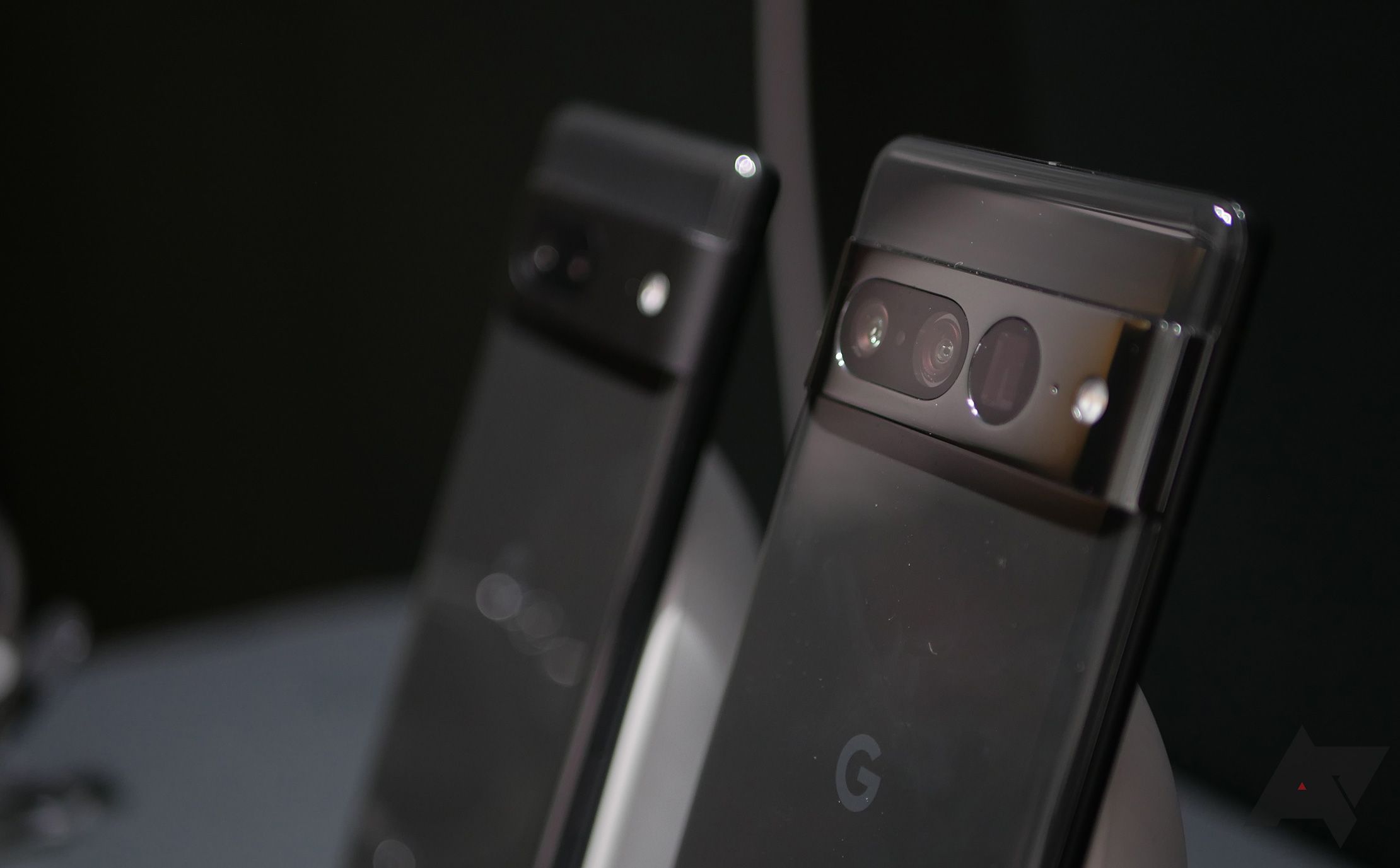
.jpg)
